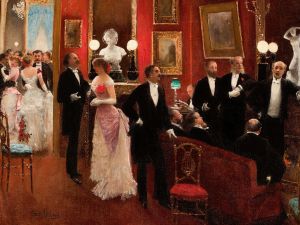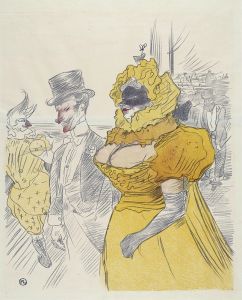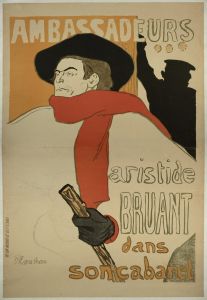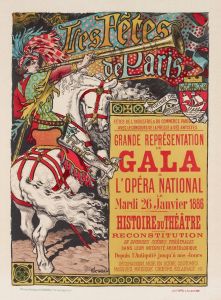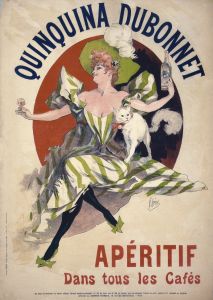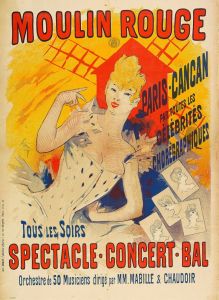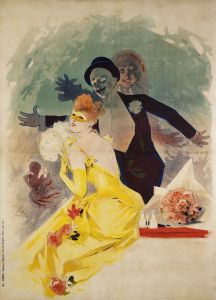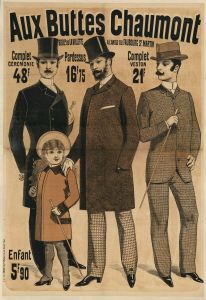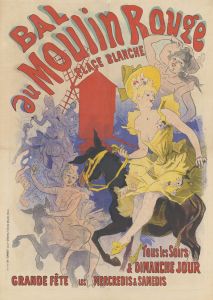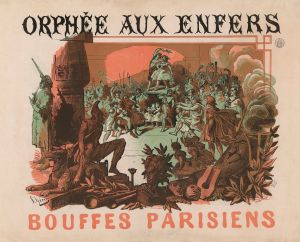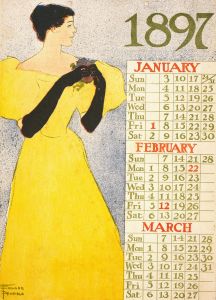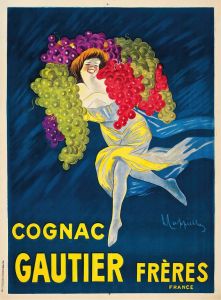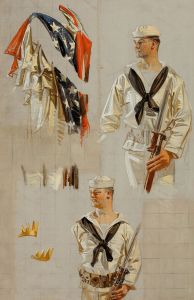
Musée Grévin, tous les soirs. Concert des Tziganes
A hand-painted replica of Jules Chéret’s masterpiece Musée Grévin, tous les soirs. Concert des Tziganes, meticulously crafted by professional artists to capture the true essence of the original. Each piece is created with museum-quality canvas and rare mineral pigments, carefully painted by experienced artists with delicate brushstrokes and rich, layered colors to perfectly recreate the texture of the original artwork. Unlike machine-printed reproductions, this hand-painted version brings the painting to life, infused with the artist’s emotions and skill in every stroke. Whether for personal collection or home decoration, it instantly elevates the artistic atmosphere of any space.
"Musée Grévin, tous les soirs. Concert des Tziganes" is a notable poster created by the French artist Jules Chéret in 1900. Jules Chéret, often referred to as the "father of the modern poster," was a pioneering figure in the development of poster art during the Belle Époque in France. His work is characterized by its vibrant colors, dynamic compositions, and the joyful depiction of subjects, which helped to elevate the status of posters from mere advertisements to an art form.
The poster "Musée Grévin, tous les soirs. Concert des Tziganes" was designed to promote nightly concerts by a group of Romani musicians, commonly referred to as "Tziganes" or "Gypsies," at the Musée Grévin in Paris. The Musée Grévin, established in 1882, is a wax museum located on Boulevard Montmartre, and it quickly became a popular attraction in Paris, known for its lifelike wax figures of famous personalities and historical scenes.
Chéret's poster captures the lively and exotic atmosphere of the Tziganes' performances. The central figure in the poster is a Romani woman, depicted in a dynamic pose with a tambourine in hand, surrounded by swirling, colorful patterns that convey a sense of movement and energy. The use of bright, contrasting colors and the fluidity of the lines are typical of Chéret's style, which was heavily influenced by the Rococo art movement and the vibrant nightlife of Paris.
The text on the poster, "Musée Grévin, tous les soirs. Concert des Tziganes," translates to "Musée Grévin, every evening. Concert of the Gypsies," indicating that these performances were a regular feature at the museum. The inclusion of the Tziganes in the museum's programming reflects the fascination with Romani culture and music that was prevalent in Europe at the time. Romani musicians were celebrated for their unique musical styles, which combined elements of Eastern European folk music with improvisational flair, and they were a popular attraction in many European cities.
Jules Chéret's posters were not only effective advertisements but also works of art in their own right. His innovative use of lithography allowed for the mass production of posters that retained the quality and vibrancy of original artworks. Chéret's contributions to the field of poster art earned him widespread acclaim, and he was awarded the Légion d'honneur in 1890 for his artistic achievements.
Today, "Musée Grévin, tous les soirs. Concert des Tziganes" is considered an important example of Chéret's work and a valuable piece of cultural history. It is admired for its artistic merit and its ability to capture the spirit of an era when posters were a dominant form of public art and advertising. The poster is part of various collections and exhibitions that celebrate the legacy of Jules Chéret and the golden age of the poster in France.





